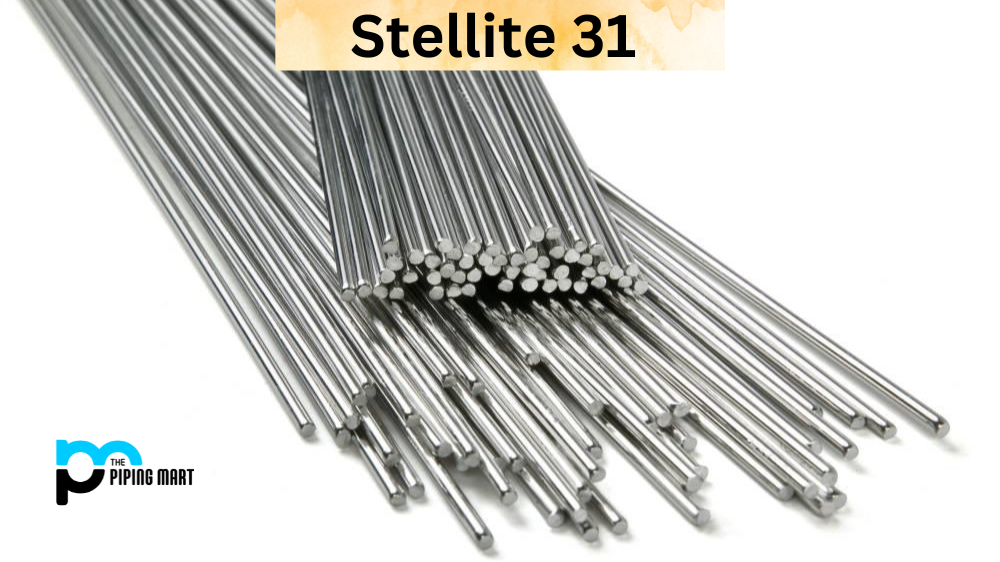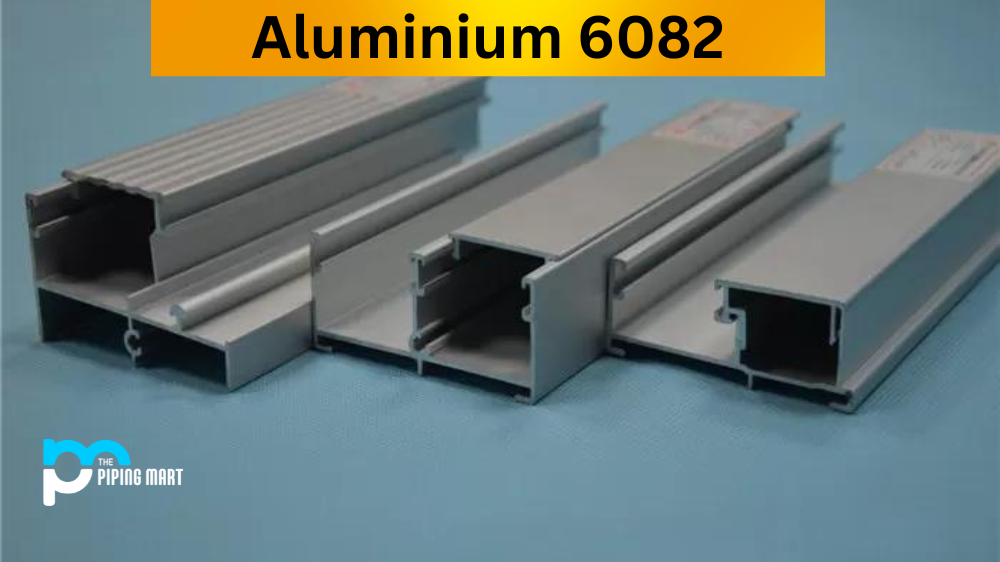When we think of alloys, we often think of metals combined with others. But what if I told you that there was an alloy made up of cobalt, chromium, tungsten, and other elements? That’s exactly what Stellite 31 is. In this blog post, we’ll explore the composition, physical and mechanical properties, uses, hardness, heat treatment, welding, and corrosion resistance of Stellite 31.
Stellite 31 Composition
Stellite 31 is a non-magnetic alloy comprising cobalt, chromium, tungsten, and other elements such as molybdenum, silicon, and iron. These alloys are typically used for their high resistance to wear and corrosion. They are also known for their durability, which makes them ideal for use in applications that require high-stress resistance.
| Element | Amount |
|---|---|
| Cobalt (Co) | 56.0% |
| Chromium (Cr) | 25% |
| Nickel (Ni) | 10% |
| Tungsten (W) | 7% |
| Carbon (C) | 0.3% |
Stellite 31 Physical Properties
Stellite 31 has a density of 8.5 g/cm³ and a melting point of 1300°C. It has a relatively low coefficient of thermal expansion, making it ideal for applications that require dimensional stability. This alloy is also highly resistant to thermal shock, making it ideal for high-temperature applications.
Stellite 31 Mechanical Properties
Stellite 31 has excellent strength characteristics and is highly resistant to corrosion. Its toughness is high, so it can withstand high stresses without cracking or breaking. It is also highly wear-resistant, making it ideal for abrasive environments.
Stellite 31 Uses
Stellite 31 is mostly used for valve parts, bearings, and cutting tools. Specifically, it is used in high-performance applications that require wear and corrosion resistance and high-temperature performance. Additionally, Stellite 31 is used for engine components, especially where combustion exhausts gas temperatures are high.
Stellite 31 Hardness
Stellite 31 is known for its high hardness and wear resistance, making it ideal for applications requiring high impact and wear resistance. Its hardness ranges from 35-45 HRC, making it suitable for cutting components.
Stellite 31 Heat Treatment
Stellite 31 is known for its low thermal conductivity, making it difficult to heat treat. The alloy is typically hardened by being welded to the surface of a metal component. This process is referred to as surface hardening, and it involves the transfer of heat from the Stellite coating to the metal substrate.
Stellite 31 Welding
Stellite 31 is typically welded to other metals using TIG (tungsten inert gas) welding or laser welding. TIG welding is preferred when welding thin materials, while laser welding is preferred for thicker materials. Using a flame spray process, the Stellite coating can also be deposited onto a metal substrate.
Stellite 31 Corrosion Resistance
Stellite 31 is known for its exceptional corrosion resistance. It can withstand exposure to a variety of corrosive substances and high-temperature environments. This makes it ideal for use in applications where exposure to chemicals and high temperatures is common, such as in the chemical and petrochemical industries.
Conclusion
Stellite 31 is a versatile and durable alloy highly resistant to wear and corrosion. Its unique combination of properties makes it ideal for various high-performance applications. Its hardness, toughness, and wear resistance make it perfect for cutting components. In contrast, it’s corrosion resistance and high-temperature properties make it ideal for use in the chemical and petrochemical industries. Stellite 31 is a reliable and versatile alloy that can withstand even the most demanding applications.

Meet Bhavesh, a seasoned blogger with a wealth of knowledge and experience. From metal products manufacturing to retail, Bhavesh has a diverse background in various industries and is dedicated to sharing his insights and expertise with readers.




